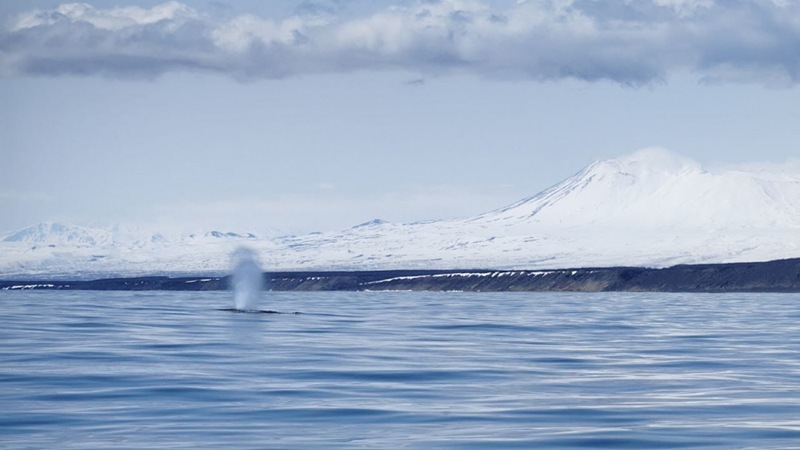A new stage of vital research of the rarest Okhotsk population of gray whales has started in the unique natural complex of the Kronotsky Nature Reserve in Kamchatka. This work, which began in March at the same time as the planned winter counts of other animal species, is of particular importance against the background of the catastrophic decline in the number of these marine giants. Currently, scientists are monitoring whales from the shore that have arrived to feed in the northern part of the Kronotsky Bay, an area of critical importance for their survival.

The Okhotsk, or western, gray whale population is in an extremely vulnerable position, its numbers are dangerously small. The international community and Russian environmental authorities recognize it as critically endangered, which requires immediate and decisive conservation and restoration measures. Realizing the severity of the problem, at the end of 2024, the Russian Ministry of Natural Resources and Environment approved a special Conservation Strategy for this population, emphasizing the state importance of this task in the face of increasing anthropogenic pressure on marine ecosystems.
“This year we started the field season very early, and the gray whales are already in Olga Bay! The first fountain was seen on March 12, as soon as the helicopter that took us to the Kronoki cordon took off. Another pair of whales were feeding in front of the cordon on March 22, and fountains were seen again on March 26. Perhaps these whales wintered here in order not to waste energy on a long migration. Back in January, the inspectors of the reserve saw whales in the bay. It’s very interesting to see if this is one of the already familiar individuals. But so far, the weather does not allow us to fly closer to the whales on a quadcopter and take pictures of them,” says Evgenia Volkova, a researcher at the Kronotsky State Nature Reserve.
The Kamchatka feeding area, which is under strict protection of the Kronotsky Nature Reserve, plays the role of a vital “oasis” for gray whales. For many of them, this is the first opportunity to regain their strength after a grueling migration from wintering grounds, where they practically do not eat, using up their accumulated summer reserves of subcutaneous fat. Here, the females, exhausted by bearing cubs and feeding them with milk, gain strength. This fact indisputably proves how important it is to preserve such feeding areas in their original form, minimizing any human concern. Noise from ships, pollution, and changes in the food supply can all have fatal consequences for weakened animals.
“The large number of gray whales visiting the waters of the Kronotsky Bay, including those who stay for the entire feeding season, the presence of females with cubs and fingerlings who have switched to self-feeding, makes the Kamchatka feeding area one of the key habitats of the Okhotsk population. I would like to note that researchers have unique working conditions in the reserve – they monitor gray whales almost all year round,” emphasizes Dmitry Pilipenko, Deputy Director for Science at the Kronotsky State Nature Reserve.
It is worth noting that the problem of conservation of gray whales is part of a broader picture of the struggle for the biodiversity of the planet. Okhotsk gray whales share the unenviable status of priority species of the federal project for the conservation of biological diversity with other rare animals, whose future is also of serious concern. Among them are bowhead whales of the same Okhotsk population, Far Eastern and Near Asian leopards, polar bears, Sakhalin musk deer, Amur tigers, snow leopards, bison, dzeren, Przewalski’s horse, saiga and sterkh. The fate of each of these species is a reminder of the fragility of natural systems and our shared responsibility to prevent further losses.